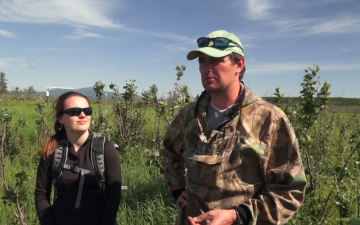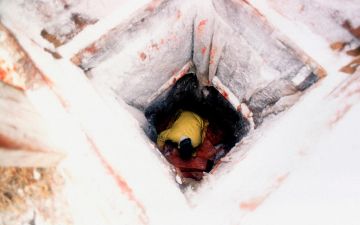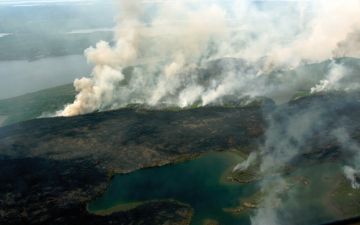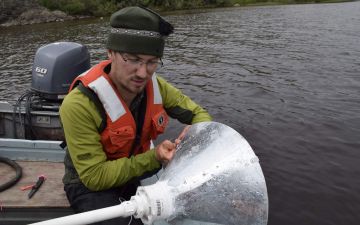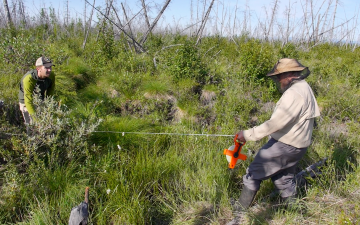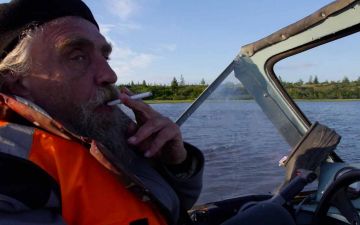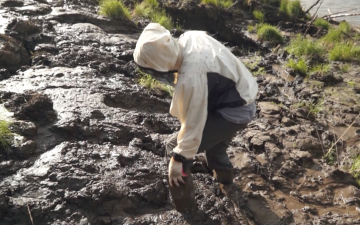The arctic is warming twice as fast as the rest of the planet. Danger lurks underfoot: permafrost holds more than a trillion tons of carbon, and as soils thaw, residents on both sides of the Bering Strait are reckoning with the impacts. The implications, however, could be global.
Journalist Eli Kintisch travels to Russia and Alaska, focusing on the impacts of thawing arctic soils. He reports on the work of Russian scientists who have watched Siberia transform up close from their research station in Cherskii, Russia. With them, Eli explores the rich geologic past of Siberia and a 160-acre nature preserve called Pleistocene Park. There researchers have brought animals from all over Europe thought to have once roamed the now-barren tundra, as part of a "re-wilding" effort that will hopefully preserve permafrost in the future.
He also reports from Barrow, Alaska, where thawing permafrost is affecting the structural integrity of buildings, harming the ability of the Inupiat to store meat in the winter, and threatening valuable cultural heritage locked in coastal soils. The thawing soil in Alaska is even creating new geologic hazards: mysterious slow-motion landslides that are threatening the Dalton Highway, the state’s only land route to key oil fields on the North Slope.
